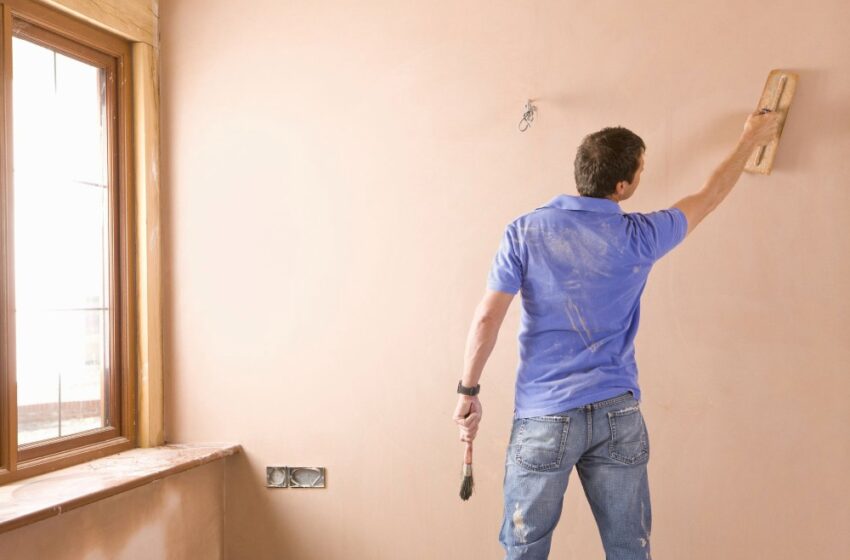How do you apply Venetian plaster?

Venetian plaster is a type of stucco that can be used to cover the walls in your home. It comes in several different styles, including regular, tinted and high-gloss. The most popular style is called Venetian Plaster, which is available in several colors and textures.
Venetian Plaster is a thin, translucent plaster that can be applied to walls, woodwork and furniture in the same way as regular plaster. The difference between Venetian Plaster and other plasters is that it dries hard but remains flexible. This makes it ideal for applying to curved surfaces such as ceilings or arches.
The process for applying Venetian plaster involves mixing the plaster with water and then spreading it over your wall using a trowel or other implement. Once you have finished with the entire wall, you need to let it dry completely before you move on to the next step of finishing your project.
Applying Venetian plaster can be difficult due to the high amount of water involved in the process. The water makes it necessary to use plastic drop cloths to protect your flooring and furniture from getting wet.
The first step is mixing the dry ingredients: cement, lime and sand. You’ll need a bucket with a lid so you can mix them together without having to worry about dust flying everywhere.
Shake each bag of cement until all clumps are broken up before pouring it into your bucket with the other ingredients. Add enough water so everything starts to look like dough that sticks together when pressed between your fingers (you don’t need much). Stir it until all the dry material is wet and no dry spots remain visible; keep adding water if needed until this happens.
Once all your materials are mixed together, take out about half of the mixture and set it aside for later use (this will be used as an adhesive when applying your finish coat). The remaining mix should be left in its bucket.
The key to properly applying Venetian plaster lies in the preparation of your surface. First and foremost, you need to make sure that your substrate is smooth and porous. If it’s not porous enough, you’ll end up with a bumpy or uneven finish when the plaster dries.
If your substrate isn’t porous enough, there are a few things you can do:
Use sandpaper or a metal scouring pad on the surface to remove any loose material and create a rough texture.
Increase the amount of water in your mix so that it becomes soupy rather than just damp (this will also lengthen drying time).
Apply thin layers instead of one thick coat (this will also lengthen drying time). You can check Nikkolor for more information.